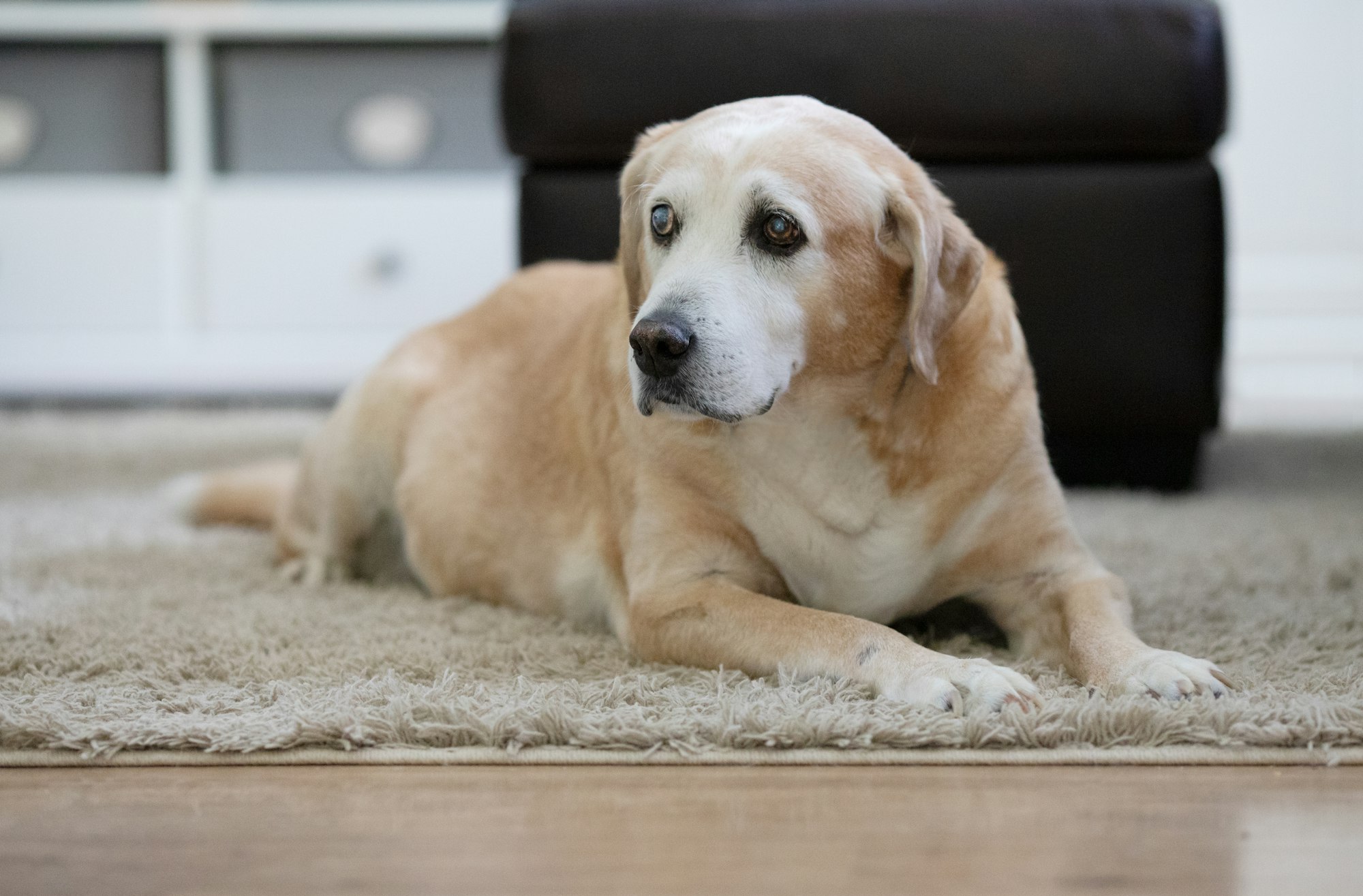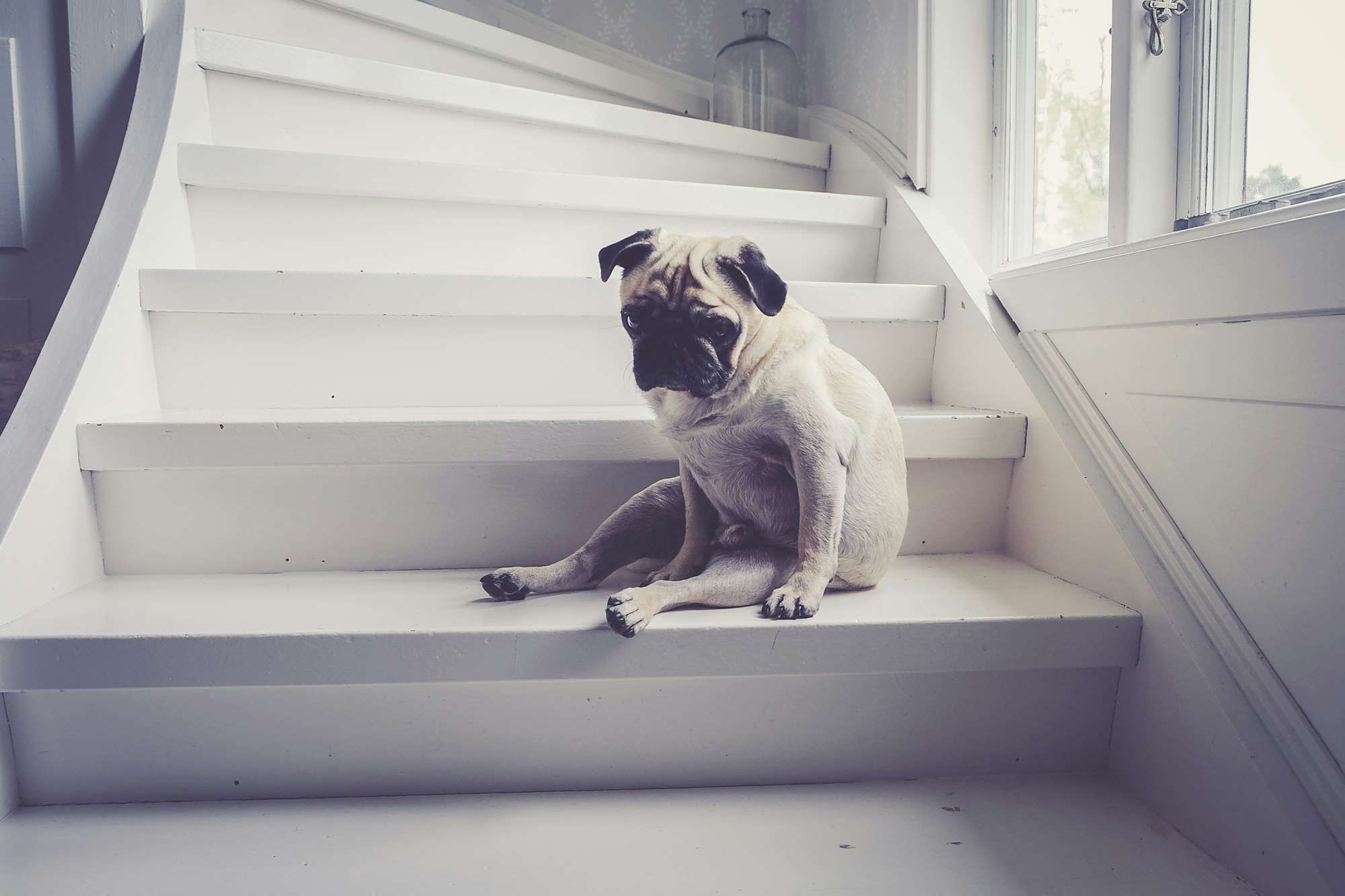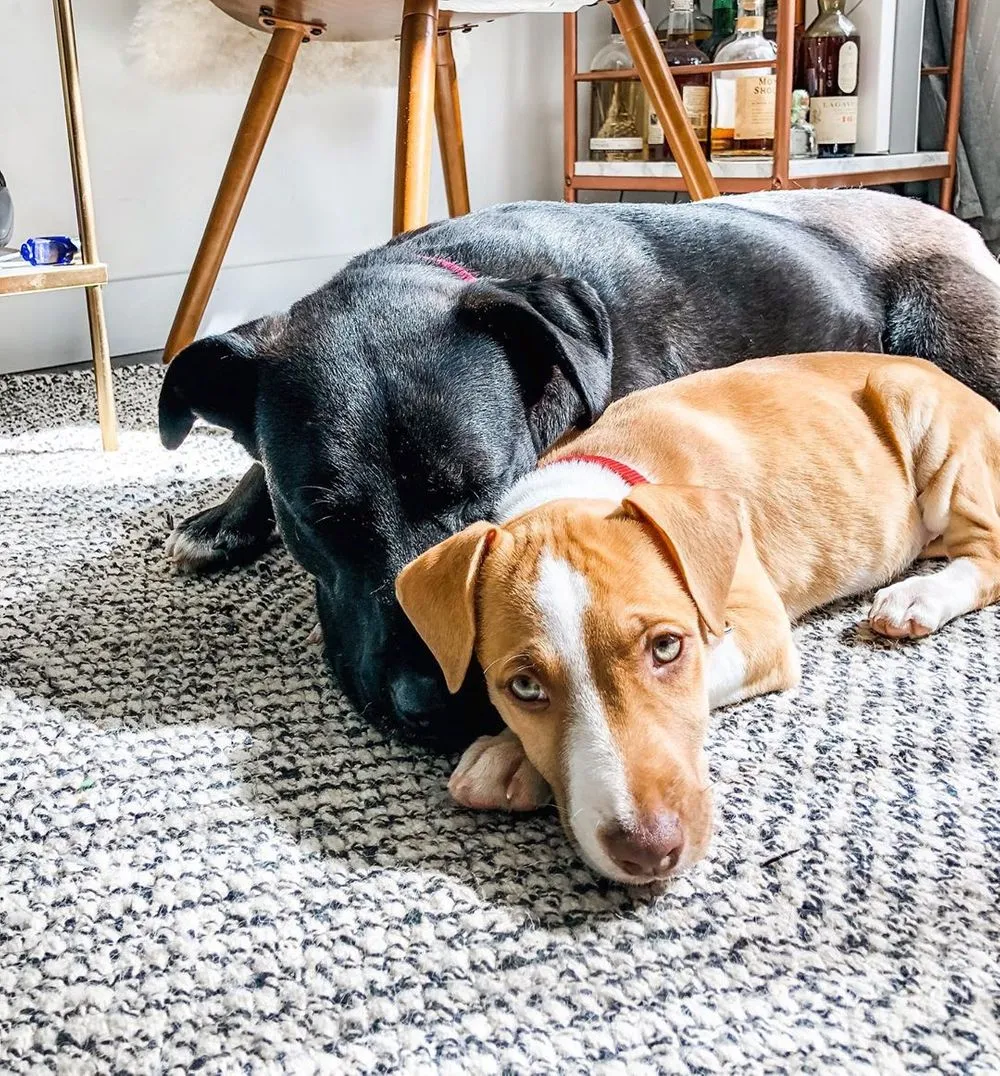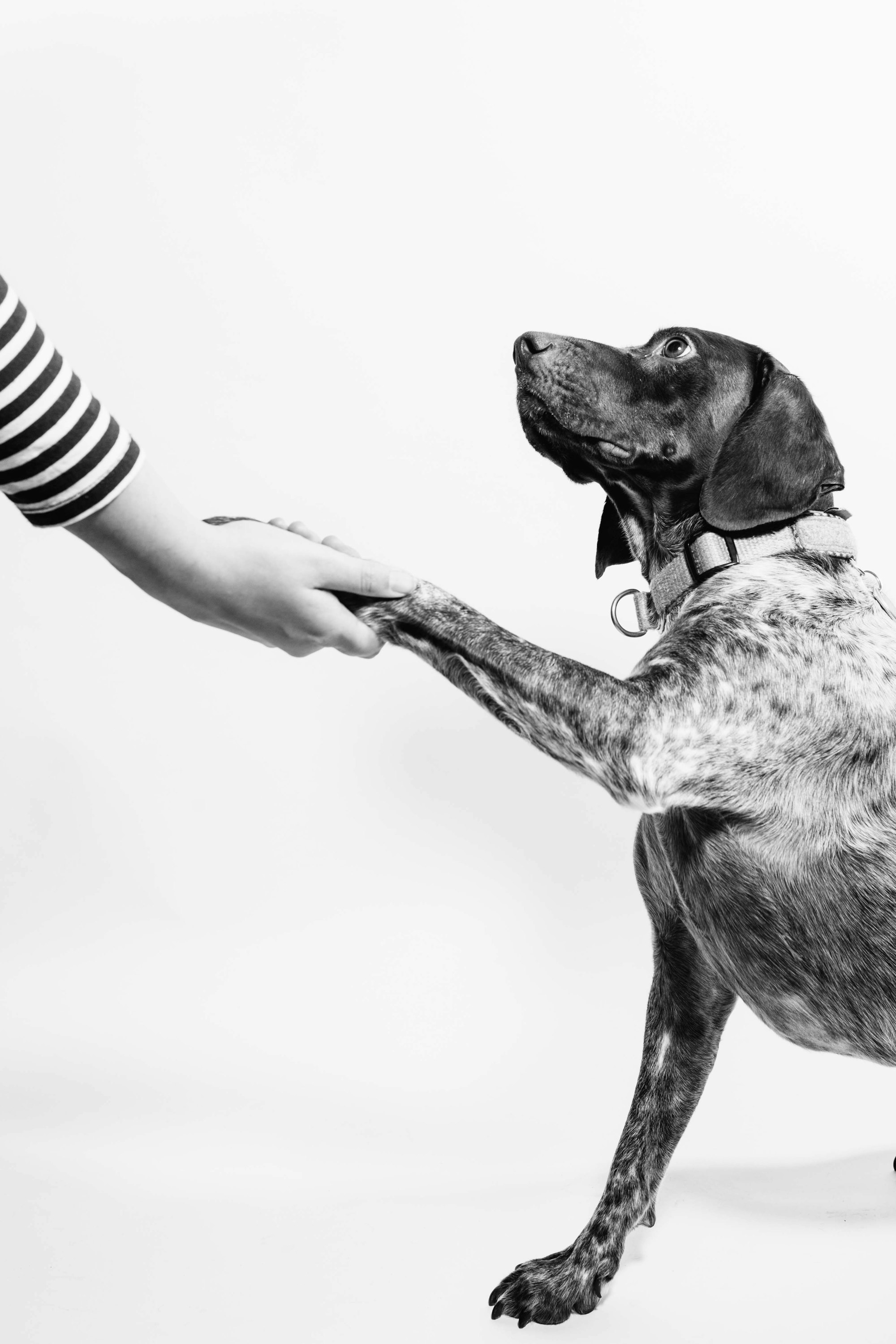Understanding the multifaceted nature of canine behavior can sometimes lead pet owners down a rabbit hole of questions, one of them being, "Why won't my dog come inside now?" Dogs, much like humans, are creatures of habit, emotion, and preference. Their actions, though seemingly inscrutable at times, often emanate from a place of instinct, emotion, or learned behavior.

Unlocking the Enigma: The Appeal of the Outdoors
Dogs are sensual beings, experiencing their world primarily through scent, then sound, and lastly, sight. The outdoors provides a rich tapestry of stimuli: myriad smells, a variety of sounds, and a host of visual novelties that the indoors may lack. Hence, it's plausible that the sensory allure of the open air is too tantalizing to resist and return indoors.
Territorial Instincts and Predatory Drives
In the wild, a dog’s ancestors would have roamed vast territories, constantly alert and keeping an eye out for potential prey and predators. Modern-day pets, despite their domestication, still harbor these intrinsic territorial and predatory instincts. A rustling bush or a fleeting shadow might signify an interesting (or threatening) entity, warranting their attention and investigation.
Emotional and Psychological Factors
In some instances, a reluctance to come indoors could stem from negative associations or anxiety linked to the indoor environment. A new appliance, unfamiliar scents, or an unsettling event that recently occurred inside could elicit a stress response, making them apprehensive about re-entry. Identifying these stressors, if they exist, is paramount to implementing solutions like counterconditioning or positive reinforcement.
Behavioral Shifts and Health Concerns
Sometimes, a sudden change in behavior, such as refusal to come indoors, can be a manifestation of an underlying health issue. Pain, discomfort, or physical impairments might be associating indoor activities (like climbing stairs or jumping onto their favorite couch) with unpleasant sensations, thus fostering an aversion to the indoors.

Bridging the Inside-Outside Gap
Ensuring that your dog responds to recall commands is essential. Integrating rewards-based training to solidify a reliable recall can be a pivotal step towards ensuring that your dog returns inside when prompted. Employ treats, praise, or toys to make the process of adhering to recall commands consistently rewarding for your canine companion.
Creating an Indoor Oasis
If the outdoors is a paradise for sensory exploration, make the indoors equally appealing. Ensure that your home environment is enriched with elements that cater to your dog’s needs and preferences, such as chew toys, cozy bedding, and safe spaces. Provide stimuli, like puzzle feeders or scent trails, to engage their senses and create a positive and rewarding indoor environment.
Addressing Behavioral Quirks and Stubbornness
Understanding why your dog is refusing to come inside may require a multi-faceted approach. Observing their behavior closely during outdoor activities may give you clues about their reluctance. Whether it is a specific spot they enjoy lying in or a time of day they prefer to stay outside, understanding these preferences can be the first step toward formulating a strategy to entice them back indoors.
Implementing Consistent Training Techniques
A consistent and rewarding training regimen can alter stubborn behaviors over time. Employing positive reinforcement methods, where good behavior is rewarded with treats, praise, or playtime, can gradually reshape your dog’s associations with being called inside. Ensuring that rewards are timely and training sessions are regular will forge a stronger recall response in your dog.
Mitigating Outdoor Distractions
Identifying and Minimizing Attention Triggers
Be it a squirrel that often visits the yard or a neighboring dog that incites barking, recognizing and mitigating these outdoor distractions can sometimes alleviate the reluctance to come inside. For instance, creating a physical barrier to block the sightline between your dog and the neighbor’s yard might minimize distractions and make your recall more effective.
Utilizing High-Value Rewards
In cases where external distractions are incredibly potent, leveraging high-value rewards can be beneficial. Using treats or toys that are especially favored by your dog as exclusive rewards for coming inside can sometimes tip the balance in favor of obedience, making them more willing to leave distractions behind.
Health Considerations
A subtle limp, a hesitant stance, or a sudden unwillingness to engage in previously enjoyed indoor activities may indicate pain or discomfort. Be it arthritis, dental issues, or an underlying internal ailment, these health factors might make your dog associate indoor activities, like climbing stairs or navigating through furniture, with pain, fostering an aversion.
In scenarios where a health concern is suspected, consulting a veterinarian becomes imperative. A professional can conduct a thorough examination, provide a precise diagnosis, and prescribe suitable interventions, ensuring that your dog’s physical wellbeing is not the deterrent keeping them from enjoying indoor time.
Crafting an Inclusive Indoor-Outdoor Lifestyle
Ensuring your dog finds the indoors equally stimulating as the exterior world plays a pivotal role in striking a harmonious indoor-outdoor balance. Integrating activities that engage their senses, such as scent trails, interactive toys, and puzzle feeders, not only provides mental stimulation but also creates positive associations with the indoor environment.
Introducing Structured Outdoor Sessions
Regulating outdoor activities through structured play sessions and walks can also establish a routine, where the outdoors is associated with specific activities rather than unrestricted access. Engaging in focused play or training sessions outdoors and ensuring that high-value rewards, like special treats or favorite toys, are reserved for indoor activities, can gently shift their preference towards spending time inside.
Addressing Behavioral Issues through Training Consistency
In some instances, professional intervention in the form of a certified dog trainer or a behavioral specialist might be requisite to addressing deeply ingrained behavioral quirks. These professionals bring with them a wealth of experience and can provide tailored strategies, ensuring that the training implemented is effective and conducive to your dog’s temperament and learning style.
A cohesive training approach, where all household members are on the same page regarding commands, rewards, and boundaries, ensures that the messaging to your dog is consistent and clear. Establishing and adhering to uniform rules, like not allowing them on the couch or ensuring that recall is always rewarded, fosters a clear understanding of expectations in your dog.

The Emotional Wellbeing of Your Furry Friend
In scenarios where your dog’s reluctance to come inside stems from not wanting to be separated from you, addressing potential separation anxiety becomes crucial. Gradual desensitization to being alone, through structured alone-time and positive reinforcement when they display calm behavior during separation, can slowly reshape their perception and comfort level with being alone indoors.
Establishing a Safe and Comfortable Indoor Space
Ensuring your dog has a dedicated space inside, where they feel safe, comfortable, and engaged, can alleviate anxiety and encourage willingness to spend time indoors. This could be a cozy corner with their bed, favorite toys, and access to a window for visual stimulation, ensuring that they have a personalized nook where they feel secure and entertained.
The Pinnacle of Inclusive Living
Ensuring your home environment is as appealing as the outdoor spaces is paramount for a dog that hesitates to come inside.
- Comfortable Spaces: Ensure cozy, quiet, and safe resting areas.
- Stimulating Toys: Provide a variety of toys that cater to different senses and play preferences.
- Accessible Needs: Ensure that food, water, and their bed or crate are easily accessible and placed in a consistent location.
Encouraging Indoor Exploration
Promote curiosity and exploration within the home by introducing new, dog-friendly elements periodically.
- New Toys: Introduce novel toys and rotate them to maintain interest.
- Scent Trails: Create scent trails using safe, dog-friendly essences or their favorite treats.
- Indoor Games: Engage in games like hide-and-seek or indoor fetch to encourage active play indoors.
The Essential Framework: Constructive Training Regimens
Recognizing the Power of Positive Reinforcement
Implementing a training regimen that recognizes and rewards positive behavior can be pivotal in altering a dog’s disposition towards spending time indoors.
- Timely Rewards: Ensure treats, praise, or toys are administered immediately following positive behavior.
- Consistent Commands: Utilize clear and consistent commands during training sessions.
- Structured Sessions: Implement regular, structured training sessions, ensuring they’re short, engaging, and positive.
Engaging in Constructive Communication
Developing a communication pattern that your dog understands and responds to positively fosters a cooperative dynamic.
- Clear Cues: Employ clear and consistent cues, both verbal and non-verbal, to communicate desires.
- Understanding Signals: Pay attention to your dog’s signals and respect their communication attempts.

Health and Wellness: A Pillar Not to be Overlooked
Routine vet visits ensure that any physical deterrents to indoor activities, such as pain or discomfort, are addressed promptly.
- Routine Examinations: Regular vet visits to ensure overall wellness.
- Addressing Concerns: Proactively addressing any visible signs of discomfort or ailment.
- Diet Management: Ensuring a balanced diet that aligns with their age, size, and health requirements.
Addressing Dietary Requirements and Preferences
A balanced, nutritious diet not only caters to their physical well-being but also influences their behavior and mood.
- Nutrient Balance: Ensuring the diet is balanced with necessary nutrients.
- Special Treats: Keeping special treats for training and reward purposes.
- Diet Consistency: Maintaining consistency in feeding times and portions.
Harmonizing Indoor and Outdoor Environments
Creating a Smooth Transition Between Spaces
Ensuring there’s a harmonious flow between the indoor and outdoor environments is pivotal in making your dog feel equally comfortable in both spaces.
- Similar Elements: Integrate familiar elements (toys, bedding) in both spaces.
- Easy Access: Ensure that movement between the two spaces is easy and safe.
- Consistent Rules: Maintain consistency in allowed behaviors in both environments.
Identifying and Implementing Preferential Treatments
Understanding your dog’s preferences and incorporating them into both the indoor and outdoor spaces can create a smoother transition.
- Preferred Resting Spots: Identify and create cozy resting areas in preferred locations.
- Favored Toys: Ensure access to favored toys or play items in both spaces.
- Safety and Security: Ensure both spaces are secure and free from potential stressors.
Nurturing Behavioral Change through Empathy and Understanding
Embracing and Respecting Individual Personality Traits
Recognizing and respecting your dog’s individual personality and preferences create a foundation for positive behavioral changes.
- Respect Boundaries: Understand and respect their comfort zones and boundaries.
- Individual Preferences: Recognize their likes and dislikes and incorporate them into routines.
- Pacing Changes: Allow changes and adaptations to occur at their own pace.
Engaging in Empathetic Interaction and Training
Training and interactions that stem from a place of empathy and understanding foster a trusting relationship.
- Positive Reinforcement: Always reward positive behavior and remain patient during setbacks.
- Empathetic Corrections: Ensure corrections during training are gentle and non-confrontational.
- Celebrating Milestones: Celebrate even the smallest progress or positive behavior.
Addressing the Multifaceted Layers of Canine Psychology
Understanding the Drive Behind Behaviors
Peeling through the layers of canine psychology to understand the motivations behind their behaviors can be instrumental in finding effective solutions.
- Innate Instincts: Recognize and respect their natural instincts and behaviors.
- Past Experiences: Be mindful of how past experiences might shape current behaviors.
- Environmental Influences: Understand how their environment shapes their actions and preferences.
Implementing Psychologically Informed Training Techniques
Incorporating training techniques that consider their psychological needs and drives ensures effective and lasting behavioral change.
- Cognitive Challenges: Integrate puzzle toys and activities that challenge them mentally.
- Emotional Security: Ensure that training environments are secure and comforting.
- Consistent Routines: Maintain consistent routines to provide a stable environment.
Conclusion:
In addressing the multifaceted enigma of "Reasons Why Won’t My Dog Come Inside Now," a holistic approach encompassing physical environment alterations, empathetic and consistent training, and a deep dive into canine psychology proves pivotal. Fostering a harmonious transition between indoor and outdoor spaces, respecting and nurturing their unique personality traits, and implementing psychologically informed training techniques lay the foundation for creating a balanced, stimulating, and secure environment. By intertwining understanding, patience, and strategically empathetic actions, we not only decode and influence their behavioral patterns but also fortify a relationship of trust, respect, and mutual companionship with our beloved four-legged family members.
Frequently Asked Questions (FAQs)
Q1: Why won't my dog come inside when called?
A: Various factors, like environmental preferences, behavioral patterns, or health issues, might be influencing your dog's reluctance to come inside. Understanding their unique traits, providing a stimulating indoor environment, and employing consistent, positive training methods can help navigate this challenge.
Q2: How do I train my dog to come inside consistently?
A: Implementing a positive reinforcement training method, where your dog is rewarded for desired behaviors like coming inside when called, fosters a positive association with the action. Consistency, patience, and utilizing clear, straightforward commands are pivotal in this training process.
Q3: Can a dog’s preference for outdoors indicate an issue with the indoor environment?
A: Yes, dogs might prefer staying outdoors due to various factors in the indoor environment, such as lack of stimulation, unfavorable conditions, or negative associations. Ensuring that the indoors is comfortable, engaging, and safe is crucial for encouraging their willingness to enter.
Q4: How do I make indoors more appealing to my dog?
A: Creating a dog-friendly indoor environment involves providing comfortable resting areas, accessible essentials like food and water, stimulating toys, and ensuring the space is safe and secure. Integrating elements they enjoy and maintaining consistency in rules and routines across both environments also enhances appeal.
Q5: Does my dog’s reluctance to come inside indicate health issues?
A: While not always the case, reluctance to come inside can sometimes stem from health issues, like joint pain or sensory decline, making movement or certain environments uncomfortable. Regular vet check-ups and keen observation for any changes in behavior or physical condition are essential.
Q6: Is professional help necessary to encourage my dog to spend time indoors?
A: While many dogs respond well to home training and environmental modifications, enlisting the help of a professional dog trainer or a behaviorist might be beneficial in certain scenarios, especially when dealing with ingrained behaviors, fear, or anxiety.
Q7: How does creating a structured outdoor session influence my dog's indoor behavior?
A: Structured outdoor sessions help establish routines and associate outdoors with specific activities like play or walks. This, in tandem with ensuring high-value rewards and engaging activities are also available indoors, can balance their preference between the two environments.
Q8: Can separation anxiety cause my dog to stay outdoors?
A: Yes, separation anxiety or fear of isolation can make a dog reluctant to enter if it associates indoors with being left alone. Addressing separation anxiety involves gradual desensitization and fostering positive associations with indoor spaces.






